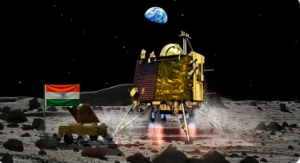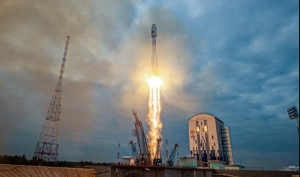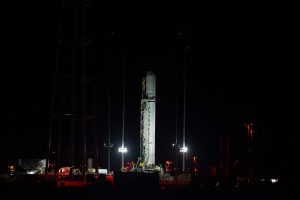Intuitive Machines has made history with its Odysseus lander, marking the first successful moon landing by a U.S. spacecraft since Apollo 17 in 1972, and significantly, the first-ever by a private company. This groundbreaking moment occurred after a tense descent complicated by a last-minute navigation sensor malfunction. Despite these challenges, Odysseus touched down near the Malapert A crater, close to the moon’s south pole, at 6:23 p.m. EST.
The mission, launched by a SpaceX Falcon 9 rocket, was momentarily in jeopardy when navigation sensors failed. However, a NASA navigation sensor, initially onboard for experimental purposes, was quickly repurposed to guide the landing. This swift adaptation showcased the innovative spirit driving this mission. The successful landing was confirmed when a faint signal was picked up by a communications antenna in the United Kingdom, a relief to the team at Intuitive Machines’ control center in Houston who had been anxiously awaiting signs of the lander’s status.
Odysseus was equipped with a suite of scientific instruments intended to conduct groundbreaking research on the lunar surface. Among the payloads were six NASA instruments and six commercial experiments, including artistic and technological demonstrations. This mission’s success represents a significant leap forward in lunar exploration, potentially paving the way for future Artemis astronaut missions to the moon’s south pole.
The achievement of Intuitive Machines underscores the growing role of private companies in space exploration and the potential for innovative partnerships between the commercial sector and NASA. As Odysseus begins its short operational life on the moon, the world eagerly awaits the first images and data that will shed new light on our nearest celestial neighbor.






